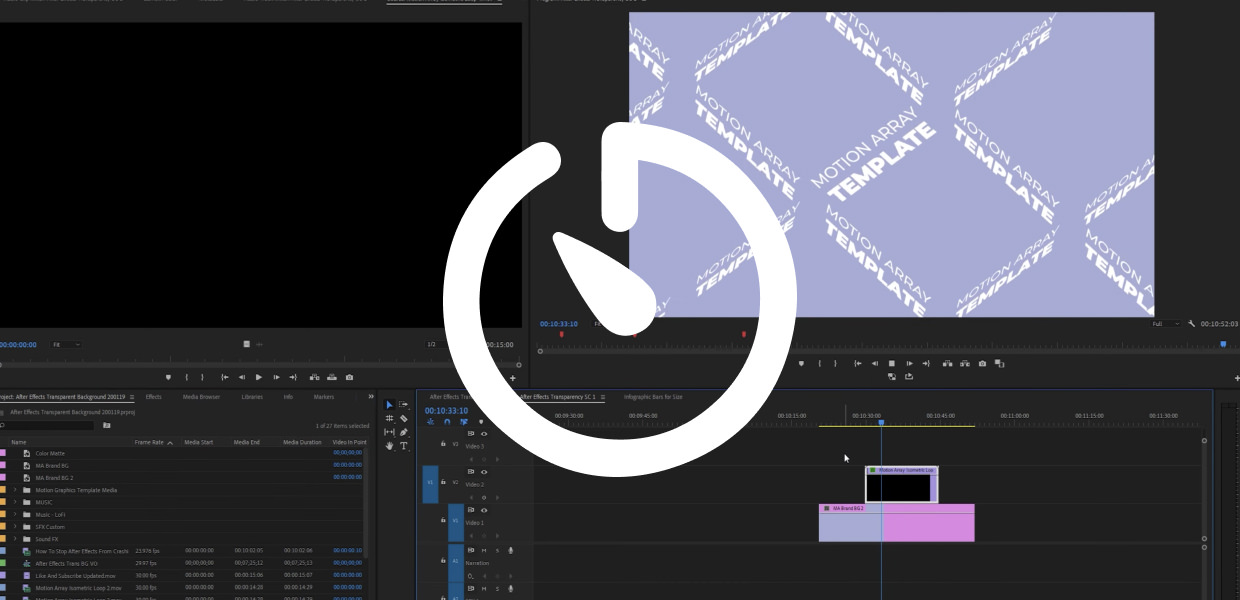
Introduction:
In the ever-evolving landscape of visual storytelling, the ability to create stunning visual effects and motion graphics is paramount. DaVinci Resolve, a versatile and powerful editing platform, offers a dedicated Fusion page—a powerhouse of creative tools designed to bring your wildest visual fantasies to life. In this extensive guide, we’ll embark on a journey through the depths of the Fusion page in DaVinci Resolve, exploring its functionalities, features, and best practices to empower you to harness the full potential of visual effects and motion graphics in your projects.
Understanding the Fusion Page:
The Fusion page in DaVinci Resolve serves as a comprehensive node-based compositing environment, allowing users to create complex visual effects, motion graphics, and animations with unparalleled flexibility and precision. Whether you’re adding CGI elements to live-action footage, creating dynamic title sequences, or crafting immersive motion graphics, the Fusion page provides a centralized workspace where you can manipulate and refine every aspect of your visual compositions with ease. With its intuitive node-based interface and robust toolset, the Fusion page empowers artists and editors to unleash their creativity and push the boundaries of visual storytelling.
Navigating the Fusion Workspace:
Upon entering the Fusion page, users are greeted with a visually rich and dynamic workspace divided into several key sections. The Node Editor, located at the heart of the interface, serves as the primary canvas for building and connecting visual effects nodes. Nodes represent individual elements or operations within a composition, such as footage clips, image generators, filters, and transformations. The Inspector panel on the right provides detailed controls and parameters for selected nodes, allowing users to adjust settings and customize effects with precision. Additionally, the Toolbar at the top offers a wide range of tools and functionalities for creating, manipulating, and organizing nodes within the composition.
Creating Visual Effects and Motion Graphics:
One of the primary functions of the Fusion page is creating visual effects and motion graphics to enhance and elevate your projects. Users can combine a diverse array of nodes and tools to achieve virtually any visual effect imaginable, from simple color corrections and image enhancements to complex CGI simulations and particle animations. The Fusion page offers a vast library of built-in tools and presets, as well as support for third-party plugins and scripts, allowing users to expand their creative toolkit and experiment with different techniques and styles. With its node-based architecture and real-time previewing, the Fusion page provides a fluid and iterative workflow for designing and refining visual effects and motion graphics with precision and creativity.
Compositing and Integration:
Compositing is the art of combining multiple visual elements into a seamless and cohesive composition. The Fusion page offers powerful compositing tools and workflows to facilitate the integration of CGI elements, green screen footage, and motion graphics into live-action footage or still images. Users can use nodes such as Merge, Keying, and Masking to blend and composite elements together, adjusting blending modes, opacity, and transformations to achieve the desired look and feel. The Fusion page also supports advanced compositing techniques such as depth-based compositing, camera tracking, and 3D scene integration, allowing users to create photorealistic visual effects that seamlessly integrate with the surrounding footage or environment.
Animating and Keyframing:
Animation is a fundamental aspect of motion graphics and visual effects, allowing users to bring static elements to life with movement and dynamics. The Fusion page provides robust animation and keyframing tools to facilitate the creation of dynamic animations and motion graphics. Users can animate virtually any parameter within a composition, including position, scale, rotation, color, and opacity, using keyframes and animation curves to define motion trajectories and timing. The Fusion page also supports advanced animation techniques such as motion paths, expressions, and procedural animation, enabling users to create complex and intricate animations with ease and precision.
Optimizing Performance and Rendering:
As projects grow in complexity, optimizing performance and rendering becomes increasingly important to ensure smooth playback and efficient workflow. The Fusion page offers several features to help users optimize performance and rendering speed, including caching, pre-rendering, and background processing. Users can cache intermediate results and pre-rendered frames to reduce computational overhead and improve real-time playback performance, particularly with complex or resource-intensive compositions. Additionally, the Fusion page supports multi-threaded rendering and GPU acceleration, allowing users to leverage the full power of their hardware to achieve faster rendering speeds and shorter turnaround times.
Collaborating and Sharing:
In collaborative editing environments, the ability to share and collaborate on visual effects and motion graphics is essential for efficient project management and collaboration. DaVinci Resolve provides robust integration between the Fusion page and other editing pages, allowing users to seamlessly exchange projects, assets, and compositions between different workspaces within the same project. Changes made in the Fusion page are automatically reflected in the Edit page, and vice versa, ensuring that visual effects and motion graphics remain synchronized and cohesive throughout the editing process. Additionally, DaVinci Resolve offers collaboration features such as project sharing, version control, and multi-user collaboration, enabling multiple artists and editors to work together on the same project simultaneously while maintaining control over individual assets and elements.
Conclusion:
In conclusion, the Fusion page in DaVinci Resolve is a versatile and powerful tool for creating stunning visual effects and motion graphics, offering a comprehensive suite of tools and functionalities to empower artists and editors to bring their creative visions to life. Whether you’re adding CGI elements to live-action footage, creating dynamic title sequences, or crafting immersive motion graphics, the Fusion page provides the tools and capabilities you need to unleash your creativity and captivate your audience with engaging and impactful visual storytelling. By mastering the art of visual effects and motion graphics within the Fusion page, artists and editors can elevate the quality and production value of their projects and unlock new possibilities for storytelling, expression, and creativity.